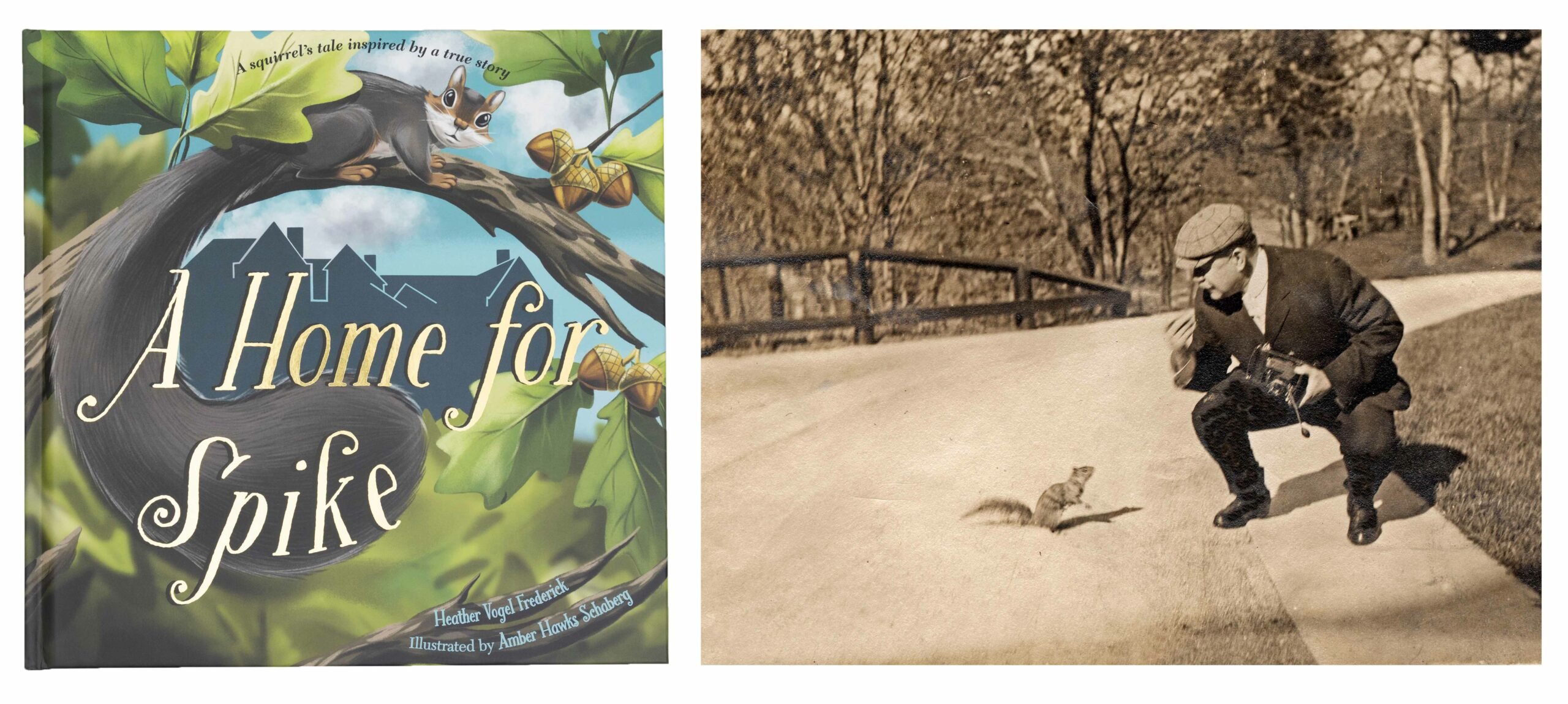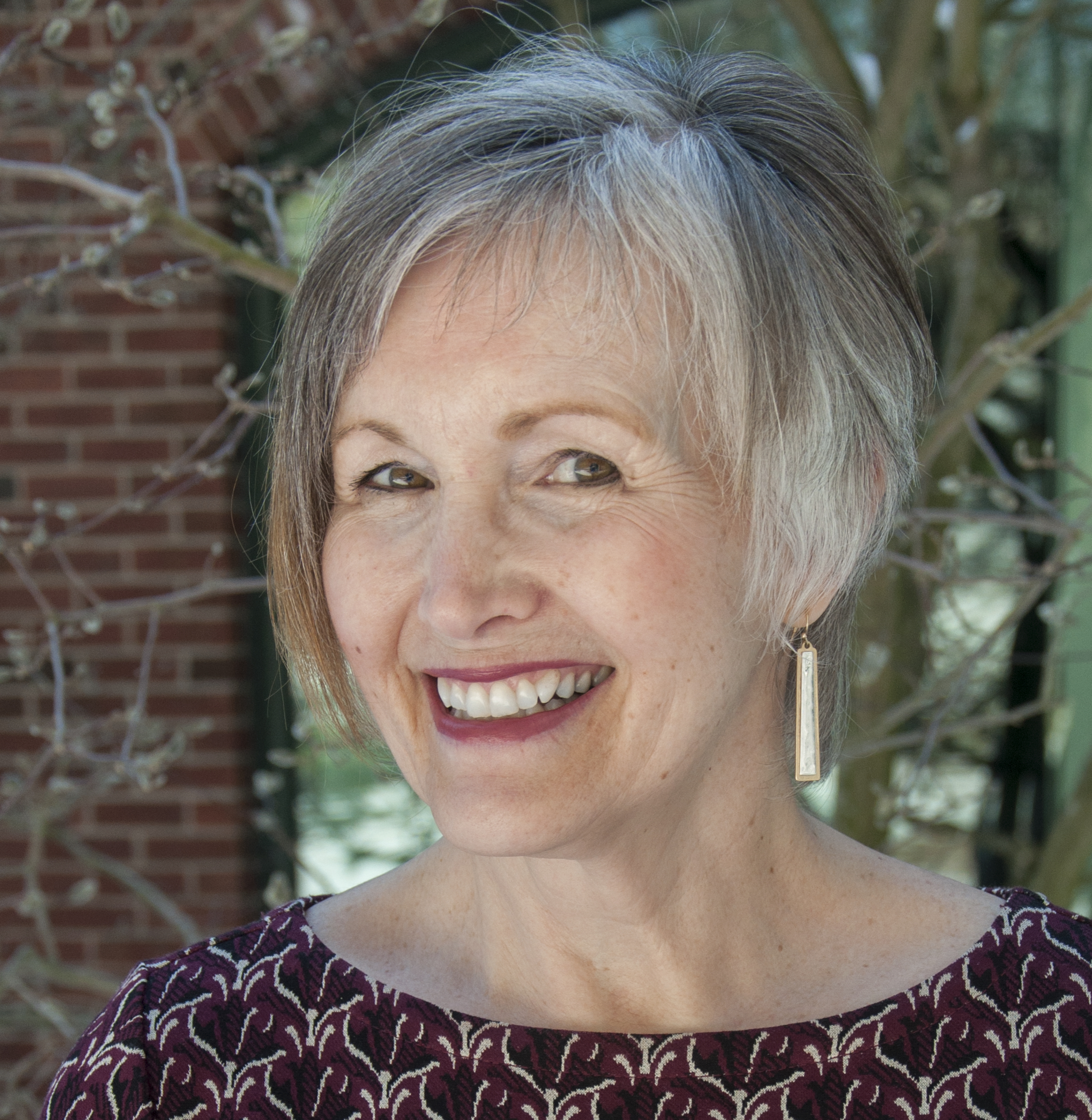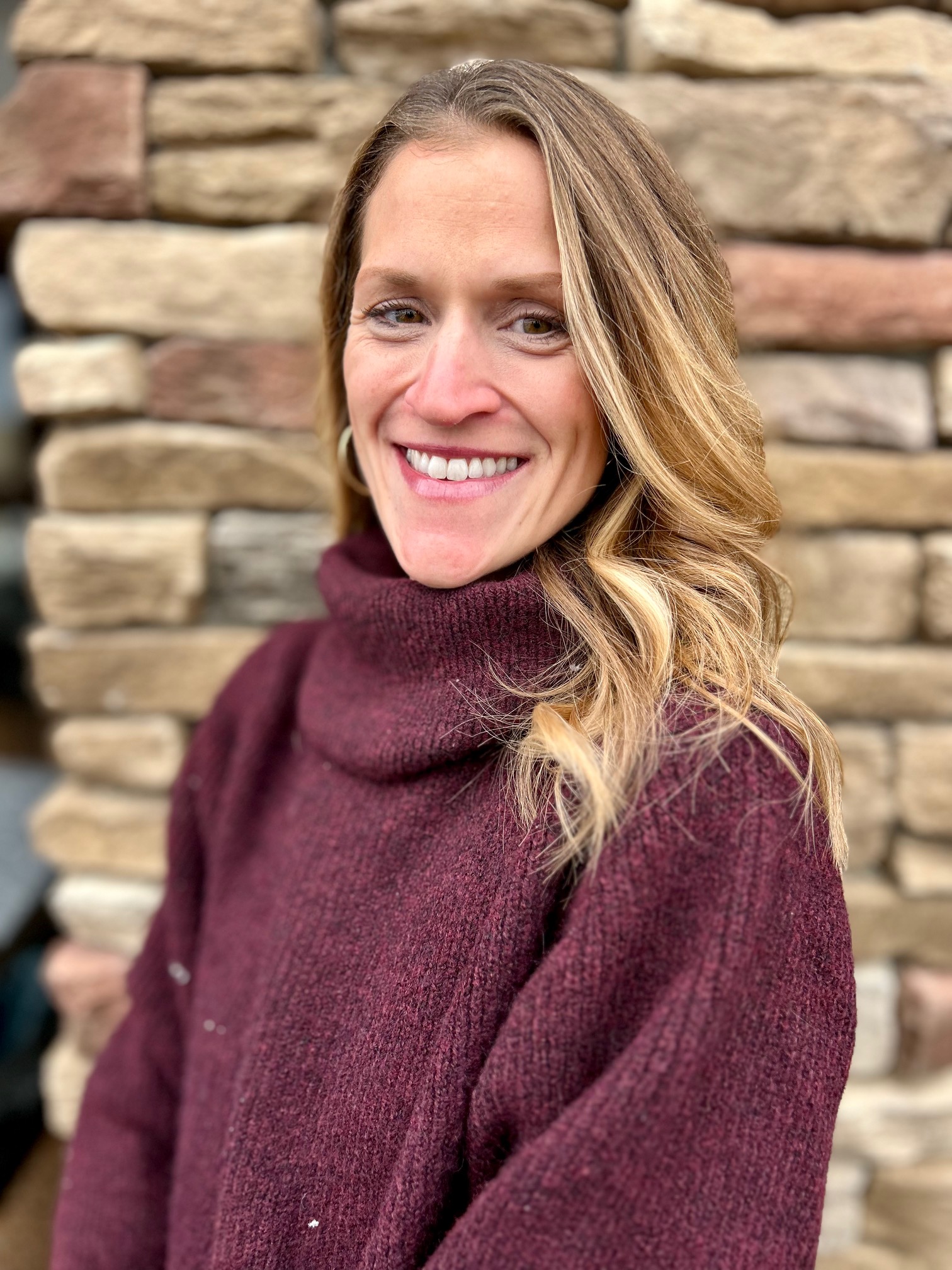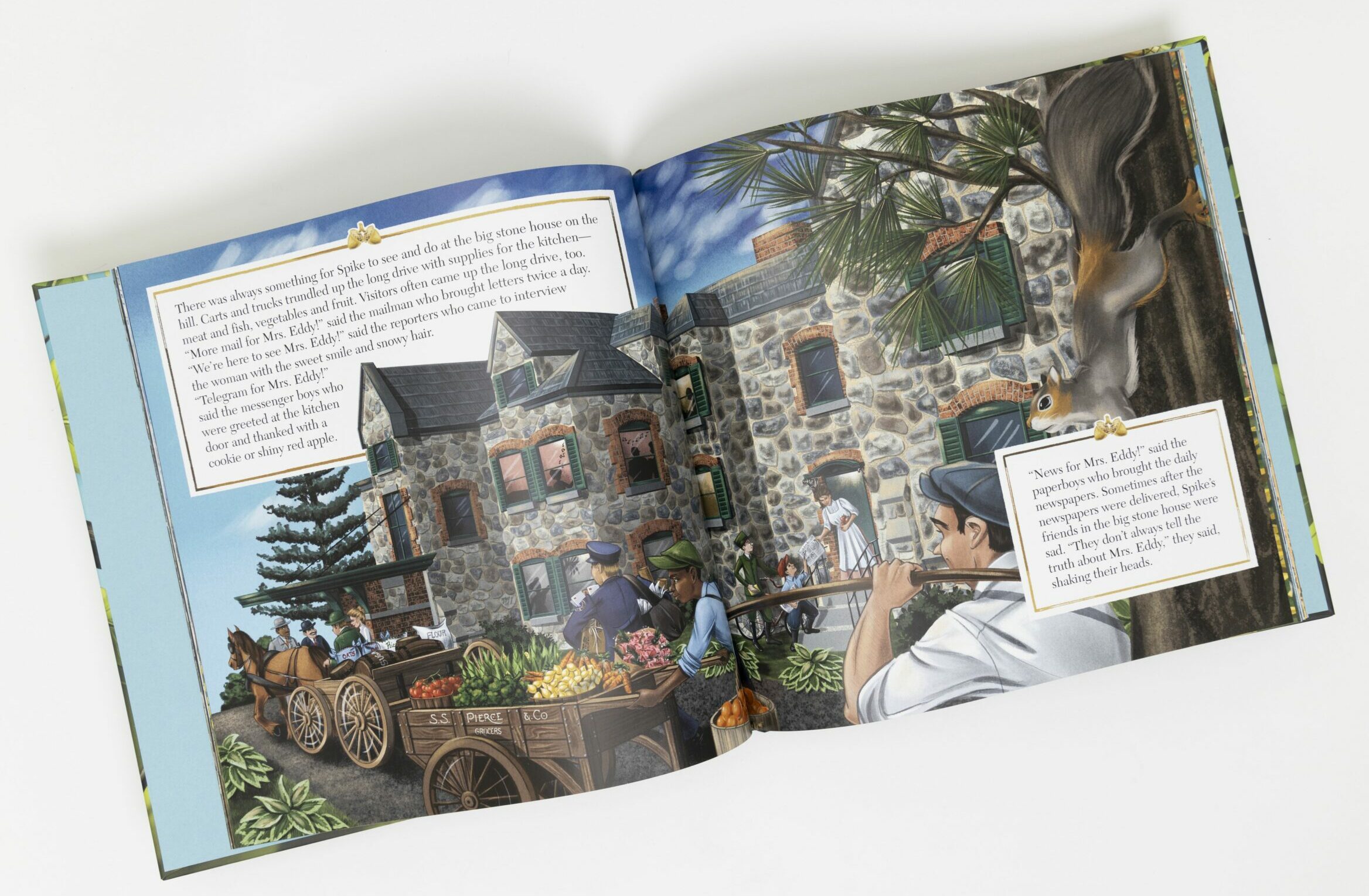 This holiday season, Longyear debuts its first fully illustrated storybook for children, A Home for Spike, penned by an author long familiar to our readers—Heather Vogel Frederick—and beautifully illustrated by artist Amber Hawks Schaberg.
This holiday season, Longyear debuts its first fully illustrated storybook for children, A Home for Spike, penned by an author long familiar to our readers—Heather Vogel Frederick—and beautifully illustrated by artist Amber Hawks Schaberg.
Spike is the latest offering in Longyear’s intentional efforts to tailor information, products, and activities that appeal to and engage the next generation, including online offerings, in-person Museum “Discovery Days,” and presentations for Christian Science camps. The ultimate aim of all these undertakings is to help young people—from toddlers and tweens to teens and beyond—know and appreciate Mary Baker Eddy as a trusted friend.
We think you’ll enjoy hearing from these two talented Christian Scientists about their process of rigorous research, inspired thought, and long-distance collaboration. Their work together resulted in this charming look at Mrs. Eddy’s household at 400 Beacon Street in Chestnut Hill, Massachusetts—all seen through the eyes of a little squirrel named Spike, who existed in real life and befriended several of the staff.
Where did the idea for this book come from?
Heather: I knew from the moment I first saw the historical photos of Spike with various members of Mary Baker Eddy’s household—Irving Tomlinson [pictured at top right], Adam Dickey, Lillian Dickey—that there was a story here just waiting to be told. And that was before I read housekeeper Margaret Macdonald’s eyewitness account! In it, she paints a vivid picture of this little squirrel that the household workers took under their collective wing. The whole package is just tailor-made for children.
While working on this book, what were some new or unexpected insights you gleaned about Mrs. Eddy and the early workers? Or about your own approach to storytelling?

Heather: This was storytelling with a deeper purpose, so I needed to find the right balance between the lively and playful (Spike is a squirrel, after all!), and the more serious and informative, particularly as it related to Mrs. Eddy.
At one point, I was pondering how best to physically describe Mrs. Eddy for a wide audience of young readers, since we hope the book will reach those who are students of Christian Science, as well as those who are not. The answer came from Mrs. Eddy herself. When she assembled the materials for The First Church of Christ, Scientist, and Miscellany, she included a 1907 newspaper article that wrote of her as a “lady with sweet smile and snowy hair” (271). Perfect! This was a description I felt that kids could relate to immediately, so I echoed it in the text.
What do you hope children and families will take away from this story?
Heather: Children love animals, and Spike is a wonderful ambassador for a story about this time period in Mrs. Eddy’s experience. I hope that Spike’s tale—which is fiction, obviously, although inspired by real events—will serve as a warm and friendly way to introduce young readers and their families to Mrs. Eddy.
As Spike observes the comings and goings at the “big stone house on the hill,” as I’ve termed 400 Beacon Street, readers will be able to watch over her shoulder and catch a glimpse of some of the work Mrs. Eddy accomplished while living there, including founding The Christian Science Monitor.
And they’ll get to know the household’s daily routine and some of its members as well. It was important to us for this to be not just a picture book, but also historically accurate. To that end, we’ve provided some context through a brief biography of Mrs. Eddy at the back of the book, along with thumbnail sketches of some of her key household workers. All presented in a child-appropriate way, of course.
Can you briefly describe the start of the illustrating process for this book?

Amber: When Longyear approached me, the subject matter—Mrs. Eddy and her life—was both interesting and dear to me. And I thought that Heather would be a great person to work with.
Heather: Finding Amber was a gift, pure and simple! I love how her respect for Mary Baker Eddy shines through the pages. An experienced illustrator with a deep love of Christian Science, she was a delight to work with.
How did you learn about what Mrs. Eddy’s house looked like—as well as the clothes, stoves, carriages, and other items of daily life from more than 100 years ago?
Amber: Tons of research! I visited 400 Beacon Street while it was being renovated, and I photographed everything. I took notes and made color palettes for each room. I reviewed historic photos from Mrs. Eddy’s time so I could picture each room furnished.
And I was surrounded by books when I sketched! Heather’s book, Life at 400 Beacon Street [published by Longyear in 2019], was my guidebook for visuals. I also bought the 1908 Sears, Roebuck & Co. Catalogue for reference; I used Edwardian fashion books and photos that Longyear provided for clothing; YouTube showed me how an old lawn mower and ice-cream maker worked; and Google was helpful when I needed to know what color an item actually was.
Tell us about the illustration process for Spike.
Amber: I am a “tra-digital” artist. I draw completely on my iPad Pro with an Apple pencil using the Procreate App. I would gather all of my references, figure out a perspective for the scene, and draw the background first. Next, I would layer on furniture and vehicles, then people, then foliage last. After that, I would digitally paint each layer.
Heather: We’re very collaborative here at Longyear. So, there was a great deal of back and forth as sketches, revisions, and final illustrations flew across the miles—and then flew back to Amber with our feedback! But she handled it all with joy and grace.
While illustrating this book, what were some insights you gained about Mrs. Eddy – or your approach to art?
Amber: One of the things I appreciated was how Mrs. Eddy kept current with technology! She made sure that her household had the latest and most efficient equipment (clothes dryer, vacuum, etc.) available at the time. She did this to make everyone’s tasks go faster and more smoothly so that they had more time to do the important work—their prayerful work.
I became a better artist while working on this book, gaining confidence drawing some tricky things that I’ve never had to tackle before. Whenever I felt stuck on a page, I was always given the solution I needed after quiet listening and trusting in God’s direction.
